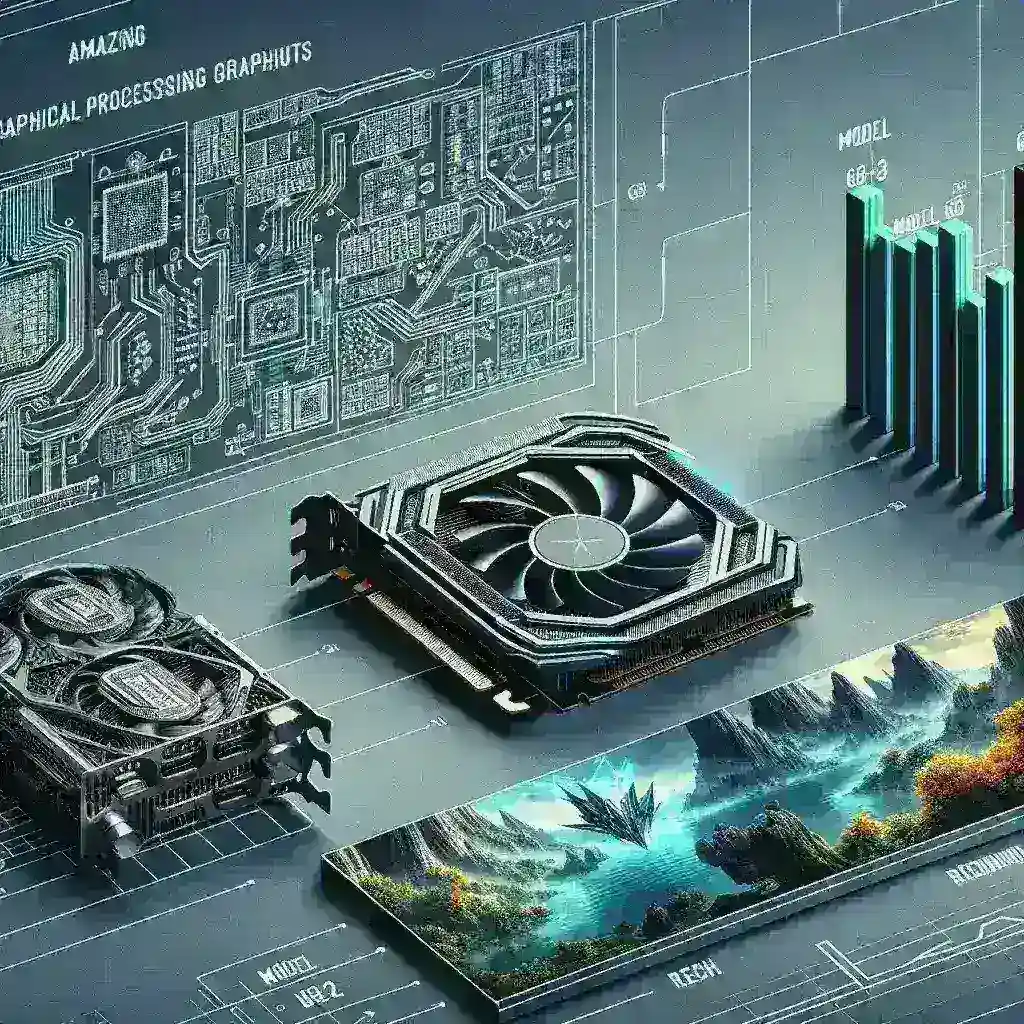Introduction to the RTX 50 Series
The NVIDIA RTX 50 Series marks a significant leap in graphic performance, catering to gamers, creators, and professionals alike. With the models RTX 5070, RTX 5080, and RTX 5090, users can expect groundbreaking technologies that enhance performance, improve ray tracing capabilities, and deliver stunning visuals. This article will delve into the individual specifications, features, historical context, and potential future developments of the RTX 50 Series.
Historical Context of NVIDIA’s GPU Evolution
NVIDIA has been a dominant player in the GPU market for years, revolutionizing graphics card technology with each series. The RTX 40 Series set a high standard with its architecture and performance, particularly in real-time ray tracing. The introduction of the RTX 50 Series continues this trend, building on the successes and lessons learned from previous generations.
The Evolution from RTX 30 to RTX 50 Series
With the RTX 30 Series, NVIDIA introduced the Ampere architecture, which brought enhanced ray tracing performance and improved power efficiency. The RTX 50 Series, utilizing an upgraded architecture, promises even more performance gains and efficiency. Each iteration pushes the boundaries of what’s possible, not only in gaming but in professional workloads as well.
Overview of the RTX 50 Models
RTX 5070: A New Benchmark for Mid-Range Gaming
The RTX 5070 is designed for gamers who seek a balance between performance and cost. With its advanced architecture, the RTX 5070 delivers high frame rates at 1440p and can even handle 4K gaming at lower settings.
Key Specifications:
- CUDA Cores: 4,500
- Base Clock: 1.8 GHz
- Memory: 12 GB GDDR6X
- Ray Tracing Cores: 3rd Generation
This model is perfect for those who want to experience the latest games with ray tracing enabled without breaking the bank.
RTX 5080: The Powerhouse for Enthusiasts
The RTX 5080 takes performance to the next level, making it suitable for enthusiasts who demand high performance in both gaming and content creation. It offers robust specifications that ensure smooth gameplay at 4K resolutions.
Key Specifications:
- CUDA Cores: 6,000
- Base Clock: 2.0 GHz
- Memory: 16 GB GDDR6X
- Ray Tracing Cores: 3rd Generation
With these specs, the RTX 5080 allows for high frame rates in the most demanding titles while also providing ample memory for creative applications.
RTX 5090: The Ultimate Performance Machine
The RTX 5090 is NVIDIA’s flagship model, designed for professionals and gamers who demand nothing but the best. It features cutting-edge technology that will redefine gaming experiences.
Key Specifications:
- CUDA Cores: 8,500
- Base Clock: 2.2 GHz
- Memory: 24 GB GDDR6X
- Ray Tracing Cores: 4th Generation
This powerhouse can handle any game at ultra settings and is a prime choice for 3D rendering, video editing, and other intensive tasks.
Comparative Analysis of the RTX 50 Series Models
When comparing the RTX 50 models, it’s essential to consider the intended use-case scenarios for each card. While the RTX 5070 is ideal for gamers on a budget, the RTX 5080 caters to enthusiasts who enjoy high-resolution gaming and multi-tasking with creative software. The RTX 5090, being the most powerful, is tailored for professionals who need unmatched performance.
Performance Metrics
Benchmarks and performance tests for the RTX 50 Series suggest a significant improvement over the RTX 40 Series. In real-world gaming scenarios, users can expect:
- RTX 5070: Achieving around 90 FPS on ultra settings at 1440p.
- RTX 5080: Averaging 120 FPS at 4K with ray tracing enabled.
- RTX 5090: Pushing over 150 FPS in 4K gaming, even with maximum settings.
Future Predictions and Developments
The release of the RTX 50 Series is just the beginning. As gaming technology evolves, we can anticipate further advancements in GPU technology. Future developments may include:
- Improved AI Capabilities: Leveraging AI for better graphics rendering and performance optimization.
- Enhanced Ray Tracing: Further advancements in ray tracing technology, making it more accessible across all models.
- Increased Memory Bandwidth: For handling higher-resolution textures and more complex scenes.
The Role of AI in the Future of Gaming
AI is expected to play a significant role in the future of gaming, providing smarter algorithms for dynamic graphics rendering, which could help streamline performance even further.
Pros and Cons of the RTX 50 Series
Pros:
- Exceptional Performance: Each model delivers high performance that caters to different user needs.
- Future-Proofing: With the latest technology, these GPUs are designed to handle future games and applications.
- Strong Ray Tracing Capabilities: Enhanced ray tracing technology offers realistic lighting and shadows.
Cons:
- Price Point: Higher-end models may be out of reach for budget-conscious users.
- Power Consumption: Requires robust power supplies and cooling solutions.
- Availability: High demand may lead to supply shortages.
Conclusion: The Future of Gaming with RTX 50 Series
The RTX 50 Series, including the RTX 5070, 5080, and 5090 models, represents a monumental step forward in graphics technology. As gaming continues to evolve, these GPUs will play a crucial role in delivering immersive experiences, enhanced productivity for creators, and pushing the boundaries of what is possible in real-time rendering. Whether you are a casual gamer or a professional content creator, the RTX 50 Series offers something for everyone, setting the stage for the future of digital experiences.

